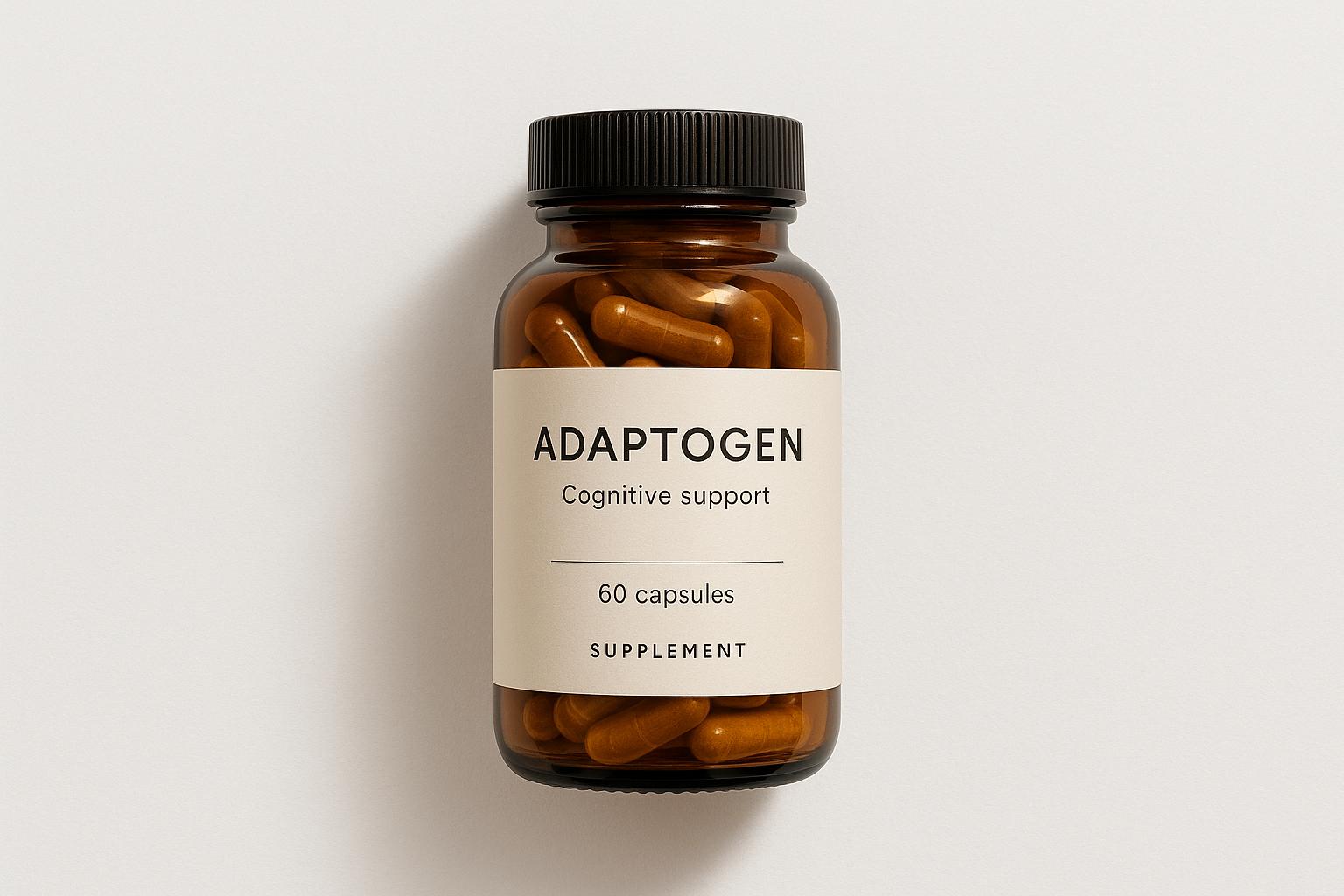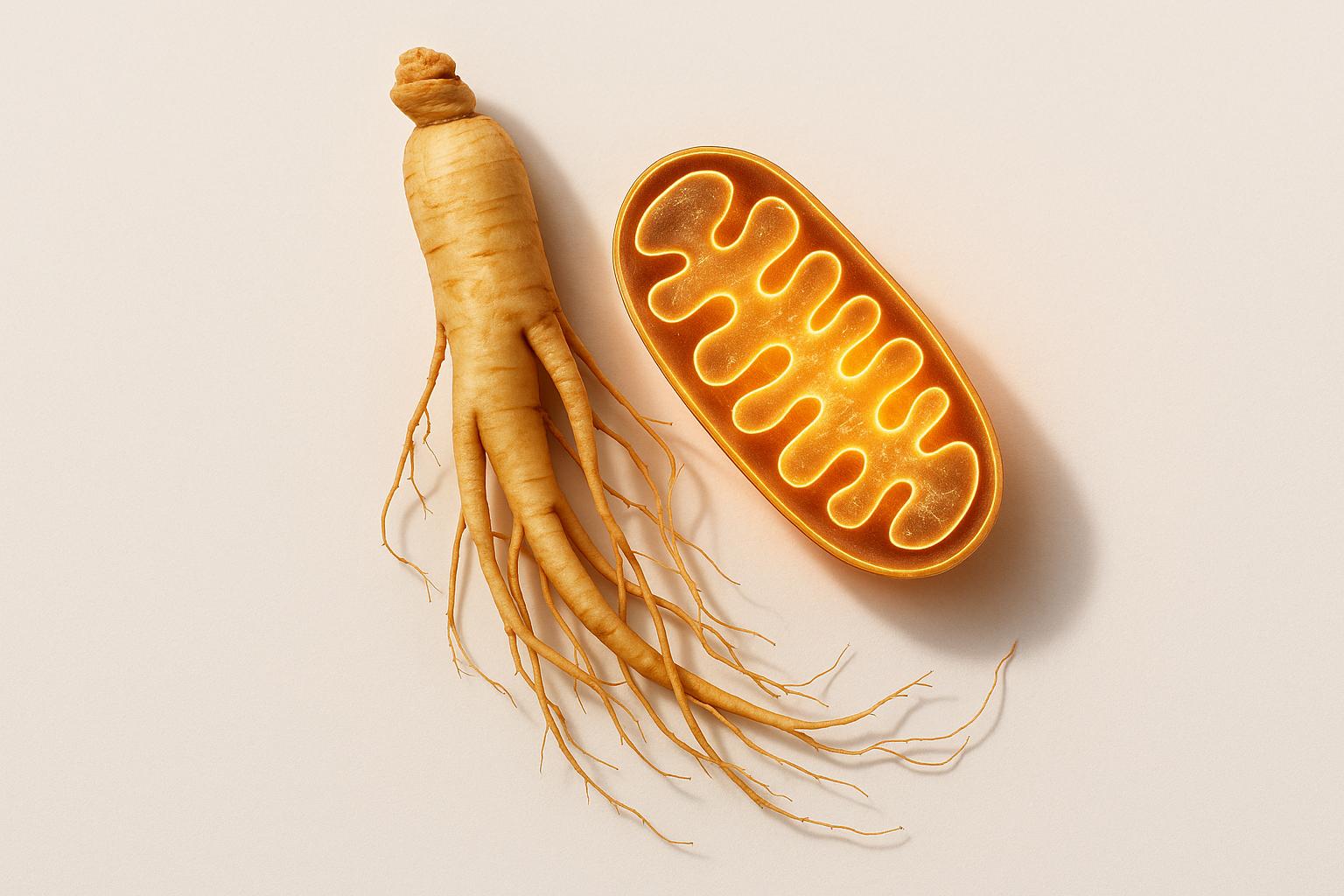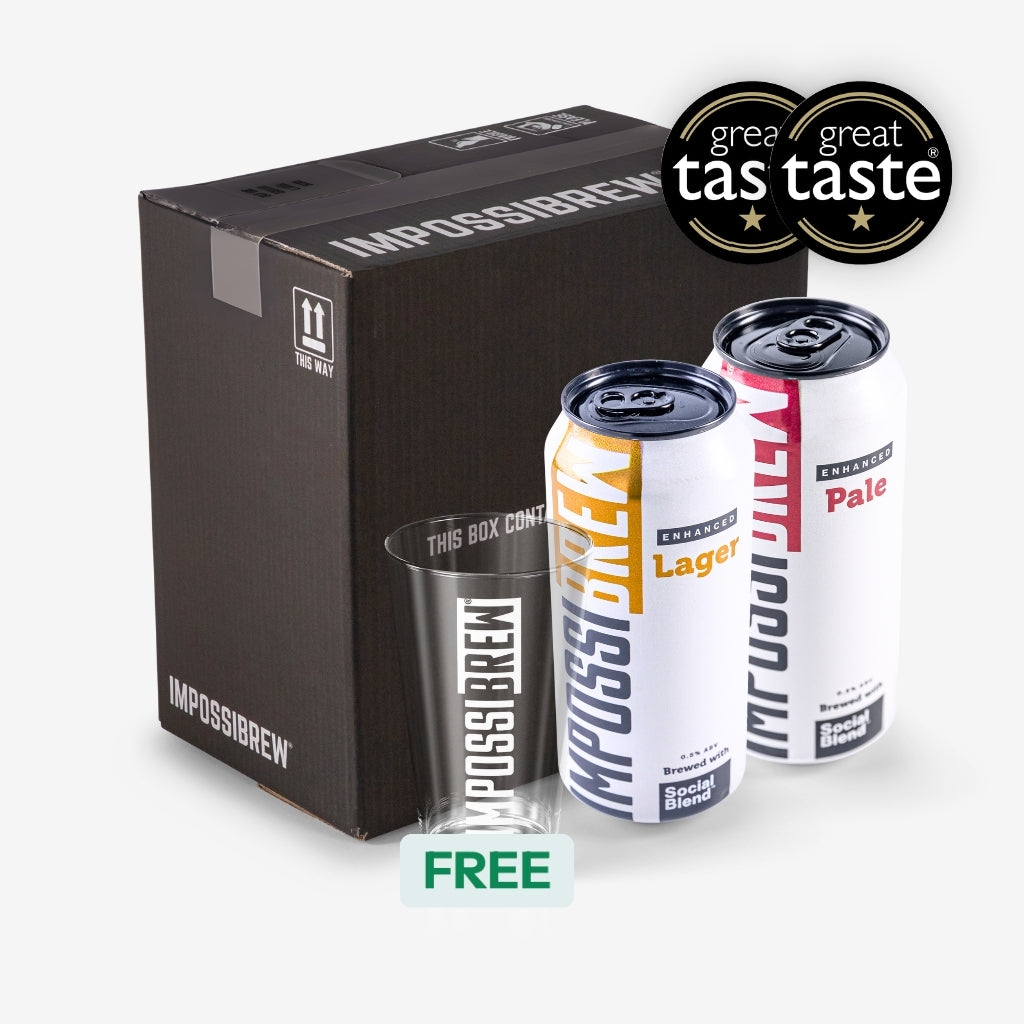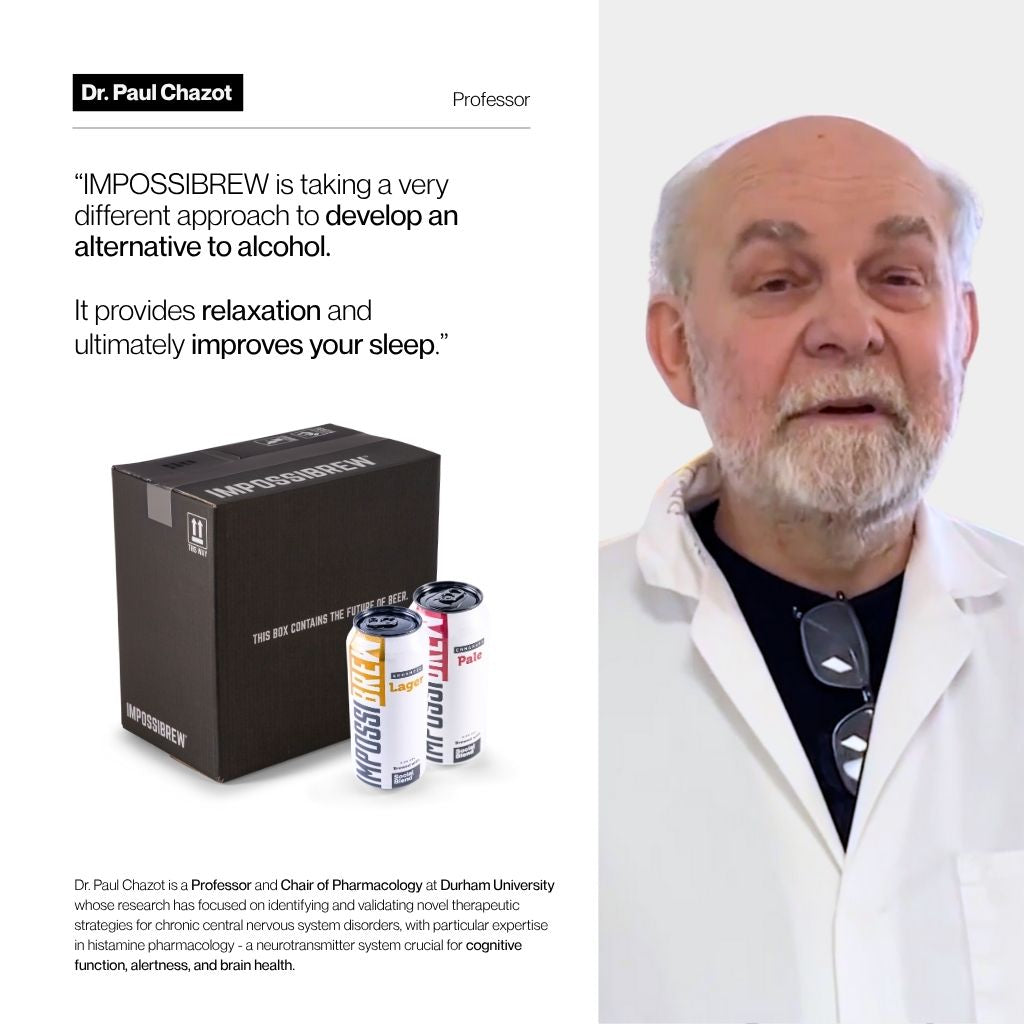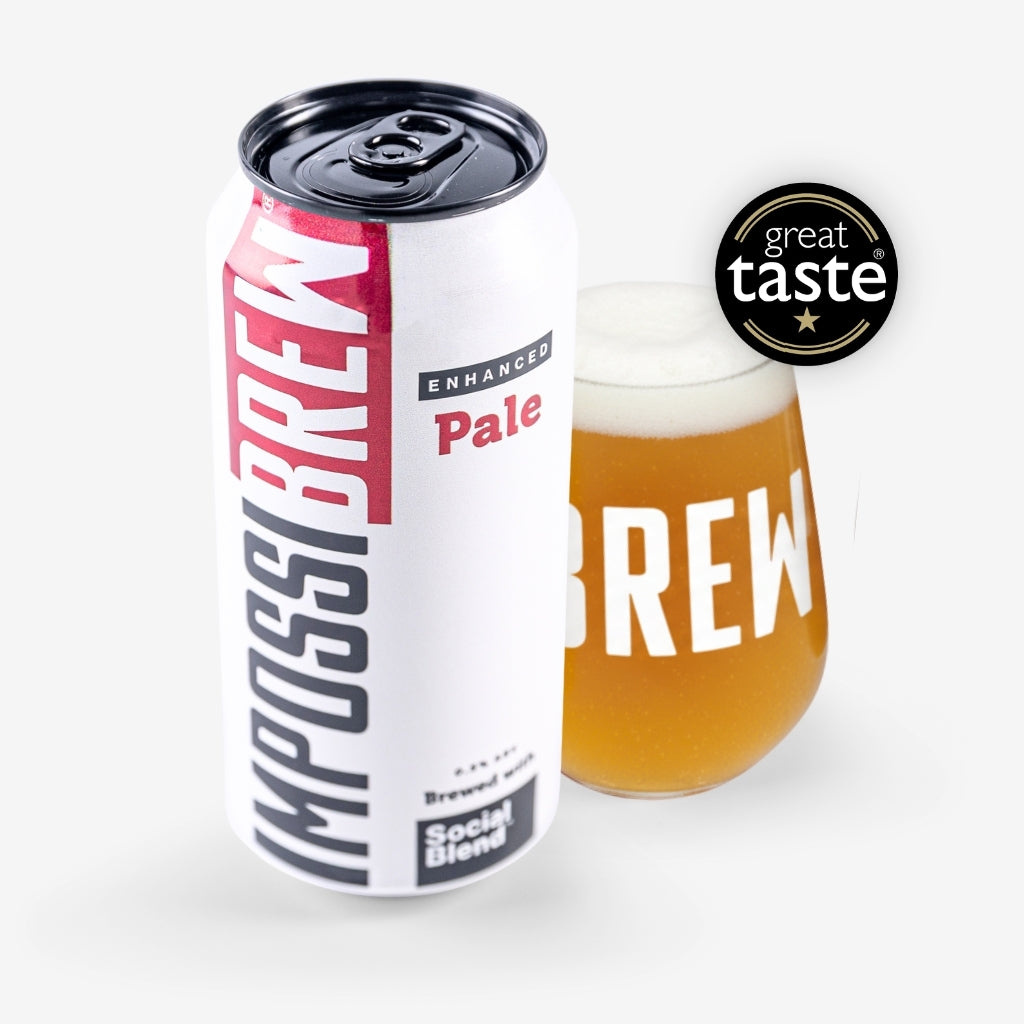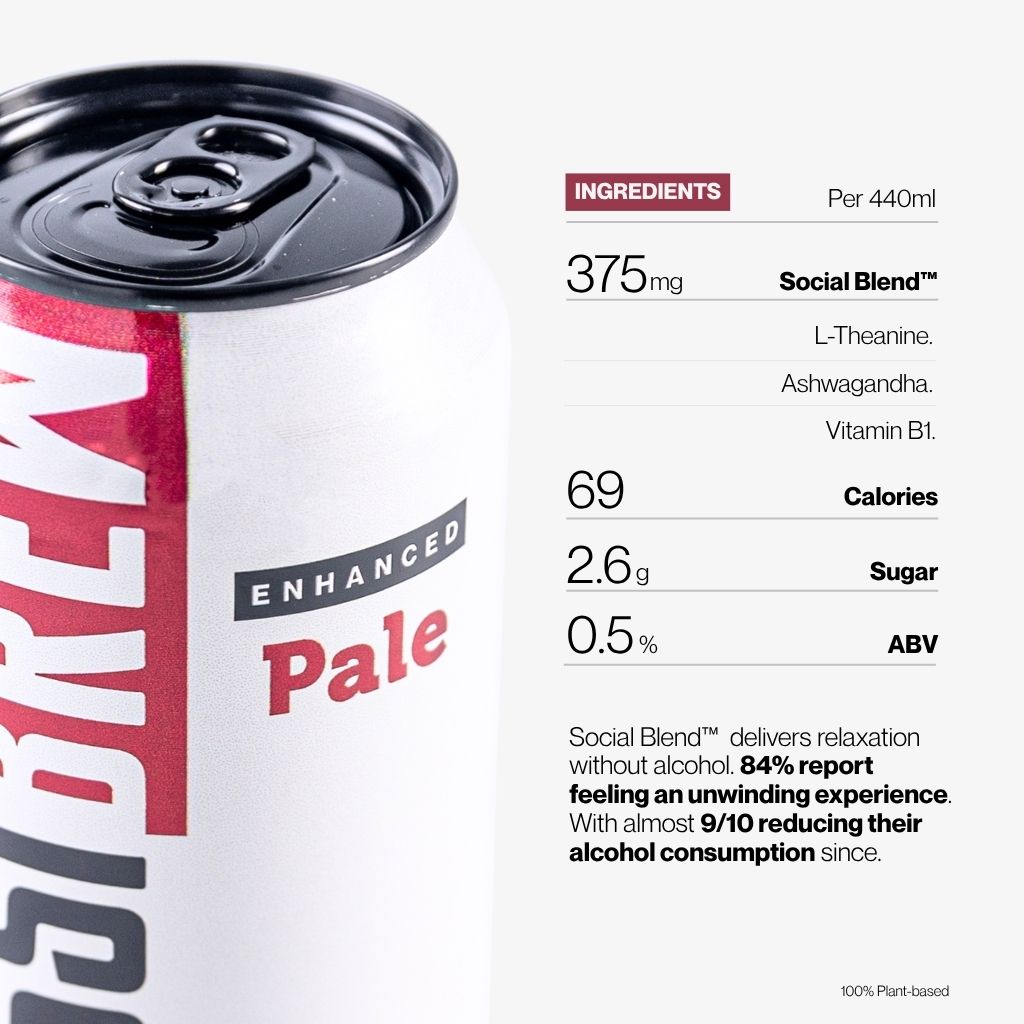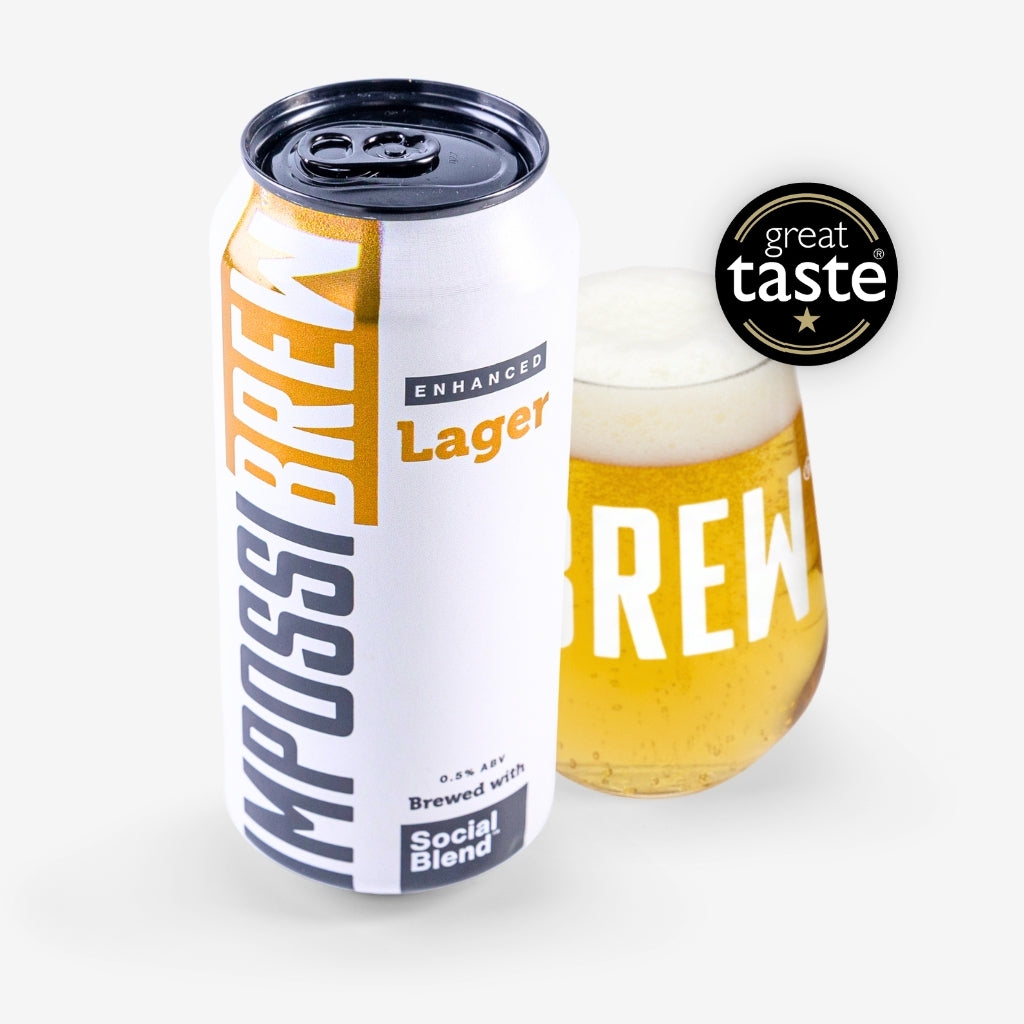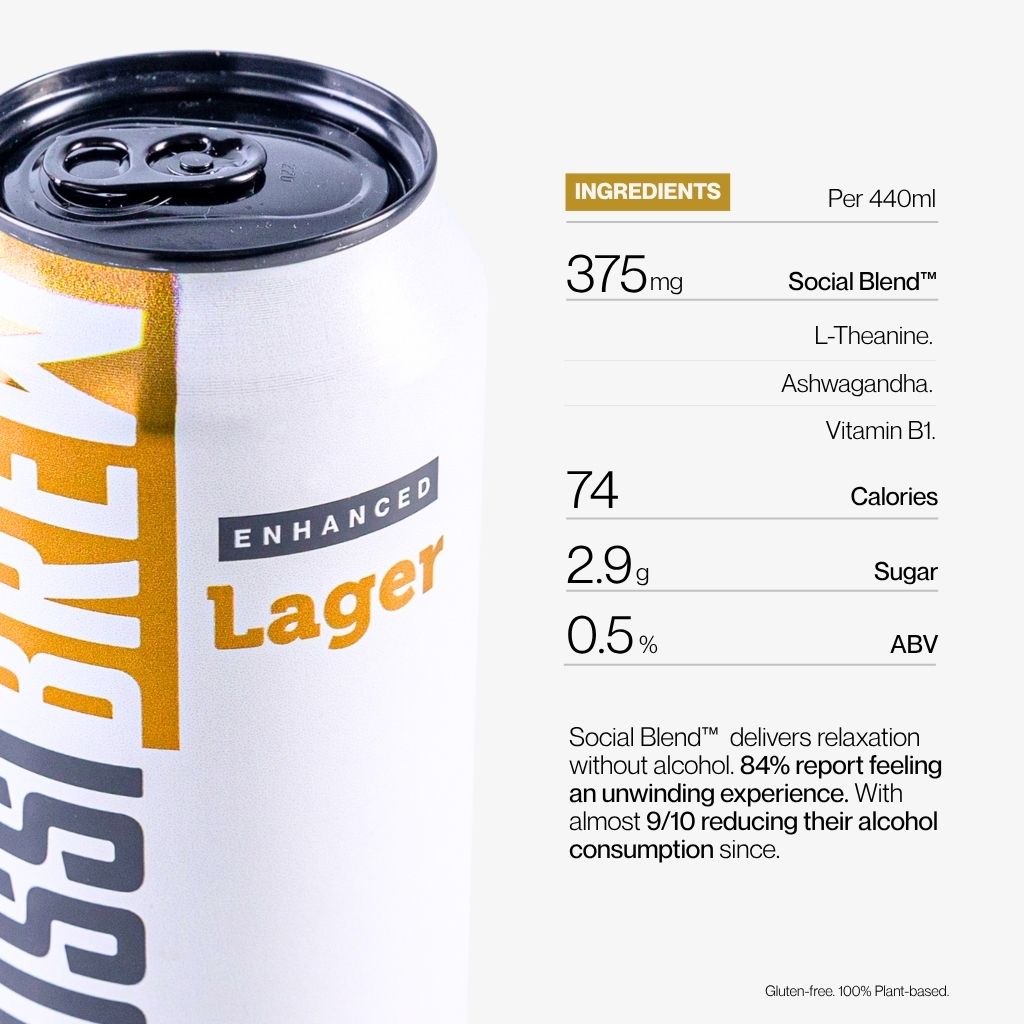Case Studies: Breweries Cutting Energy Use with Automation
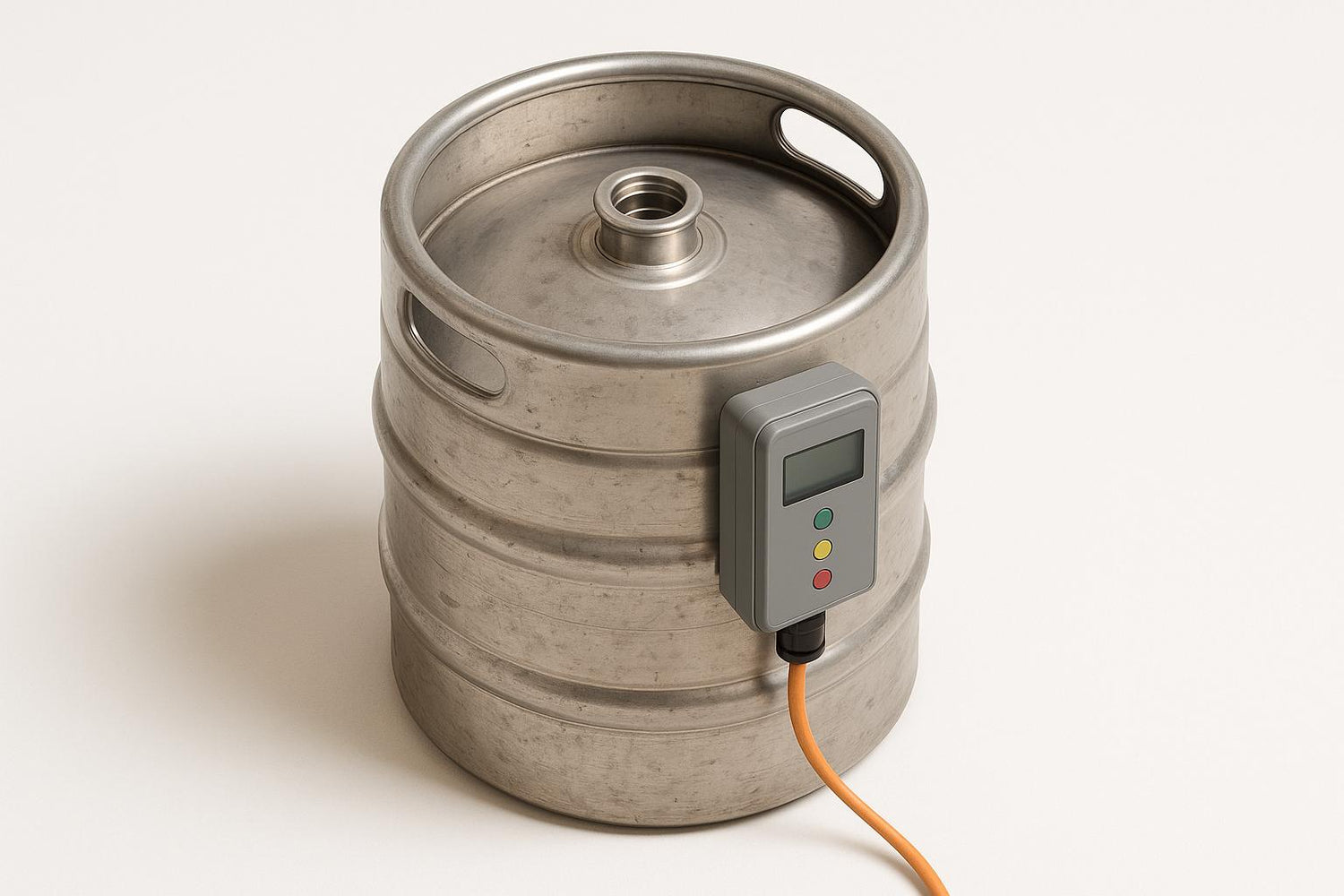
Breweries are using automation to reduce energy costs and improve efficiency. With rising energy prices and the UK's 2050 net-zero goal, technologies like IoT sensors, automated controls, and smart refrigeration systems are helping breweries optimise processes and save money. Here’s what’s working:
- IoT Sensors: Track energy use in real time, detect inefficiencies, and predict energy demands.
- Automated Process Controls: Adjust heating, cooling, and cleaning systems to minimise waste and align production with off-peak electricity rates.
- Smart Refrigeration: Use variable-speed compressors and heat recovery to cut cooling costs, the largest energy expense for many breweries.
- Robotic Systems: Improve packaging line efficiency and reduce energy surges.
Examples include UK breweries saving thousands annually with smart refrigeration, craft breweries using IoT for quick energy insights, and German breweries improving packaging efficiency with robotics. These solutions not only lower costs but also align with sustainability goals and consumer demand for greener practices.
Automation is now a key tool for breweries of all sizes to manage energy use effectively. Whether starting small with sensors or investing in advanced systems, the potential savings and operational improvements make it worth considering.
Krones Forum at drinktec: The way to an energy self-sufficient brewery
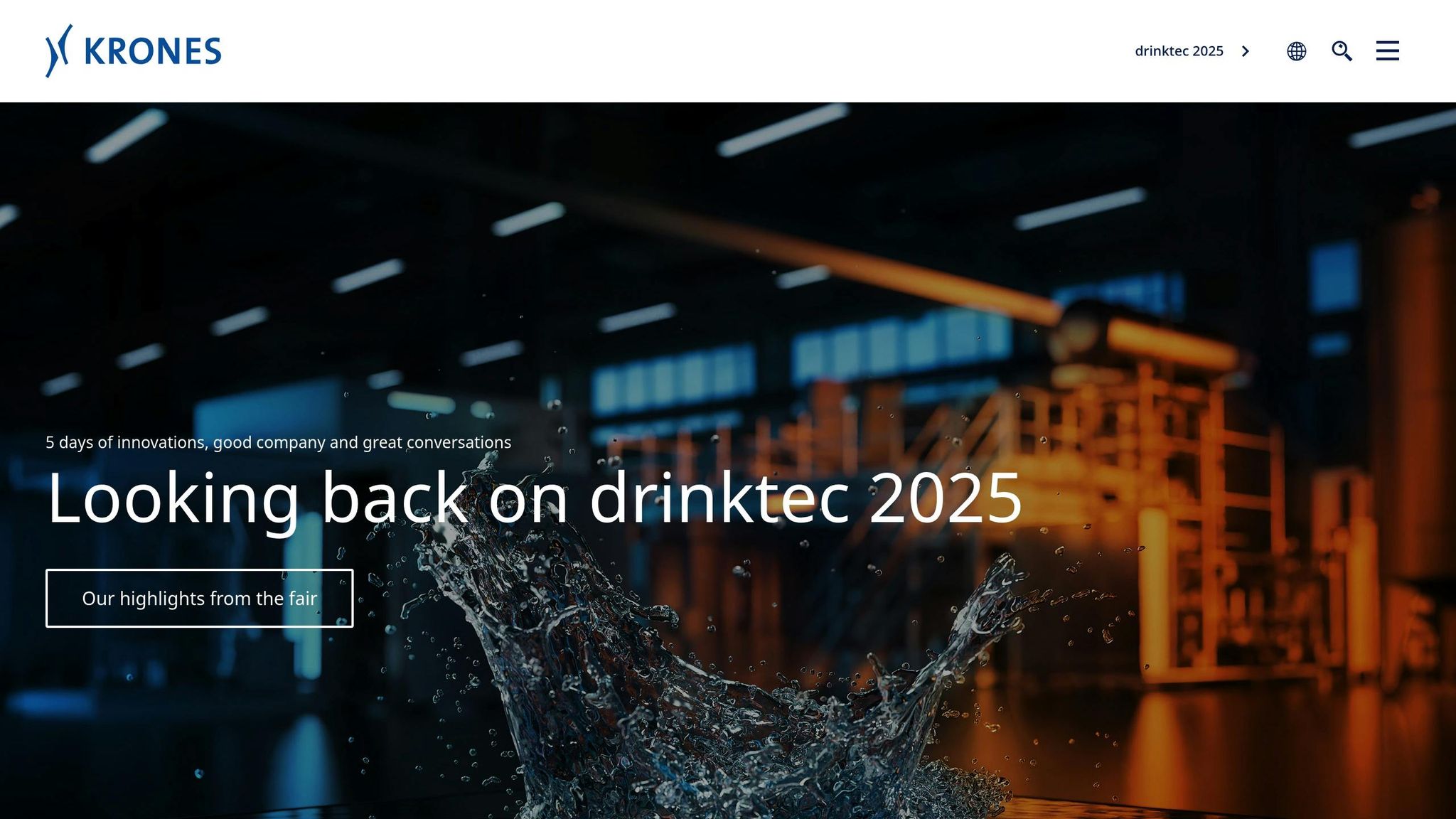
Automation Technologies for Energy Reduction in Breweries
Breweries today rely on three main automation technologies to cut down on energy use. These systems work together to go beyond just monitoring, creating a smarter and more efficient approach to energy management.
Smart Monitoring and IoT-Enabled Sensors
Real-time data is the backbone of energy efficiency. By using IoT-enabled sensors and smart metres, breweries can track energy use at every production stage - whether it’s mashing, boiling, fermentation, or packaging.
These sensors provide detailed insights into how each piece of equipment performs, from pump efficiency to heating systems, and compile the data into dashboards. These dashboards highlight inefficiencies and help breweries spot patterns in energy use.
Environmental factors like temperature, humidity, and pressure - key elements affecting energy loads - are also monitored. This allows for early detection of inefficiencies. Machine learning takes this a step further by analysing historical and live data to predict energy demands and fine-tune operations before problems arise.
This constant stream of insights forms the basis for automated systems to step in and make adjustments.
Automated Process Control Systems
SCADA systems (Supervisory Control and Data Acquisition) act as the central hub for brewery automation. These systems sync with brewing equipment to automatically tweak processes based on live data and pre-set efficiency goals.
For instance, automated controls can regulate heating and cooling by adjusting burner intensity, heat exchange rates, or pump speeds. This keeps energy waste to a minimum while maintaining precise temperature settings.
Another key feature is automated scheduling, which aligns production activities with off-peak electricity rates. It also groups similar processes to reduce startup energy costs and sequences operations to maximise heat recovery between brewing stages.
Even cleaning processes are optimised. Cleaning-in-place (CIP) systems use sensors to assess tank conditions and determine the necessary cleaning time, temperature, and chemical levels. This ensures cleaning cycles are energy-efficient and tailored to the actual level of contamination.
Beyond these systems, breweries also tackle one of their biggest energy drains - refrigeration.
Advanced Climate and Refrigeration Automation
Refrigeration, often the largest energy consumer in breweries, benefits greatly from automation. Variable-speed compressors, smart defrost cycles, and zone-based temperature controls significantly reduce cooling costs.
These systems monitor fermentation vessel temperatures in real time, adjusting cooling output to match the heat generated during fermentation. Instead of running at full capacity constantly, they adapt to the actual cooling needs. Additionally, heat recovery systems capture waste heat from refrigeration compressors and redirect it for other purposes, such as heating water for cleaning or warming cold storage areas.
Glycol cooling systems also see improvements through automation. Smart controls manage pump speeds, flow rates, and temperature zones, ensuring each fermentation vessel gets the cooling it needs without wasting energy circulating coolant unnecessarily.
Some advanced systems even incorporate weather data. For example, they pre-cool facilities during cooler nighttime hours when energy costs are lower, reducing the strain on refrigeration systems during peak daytime energy rates.
Case Studies: Breweries Cutting Energy Use with Automation
Real-world examples show how breweries are adopting automation to save energy and improve efficiency. These case studies highlight how different automation techniques are being used to tackle energy challenges in brewing operations.
CoolPlanet and UK Brewery: Smarter Refrigeration
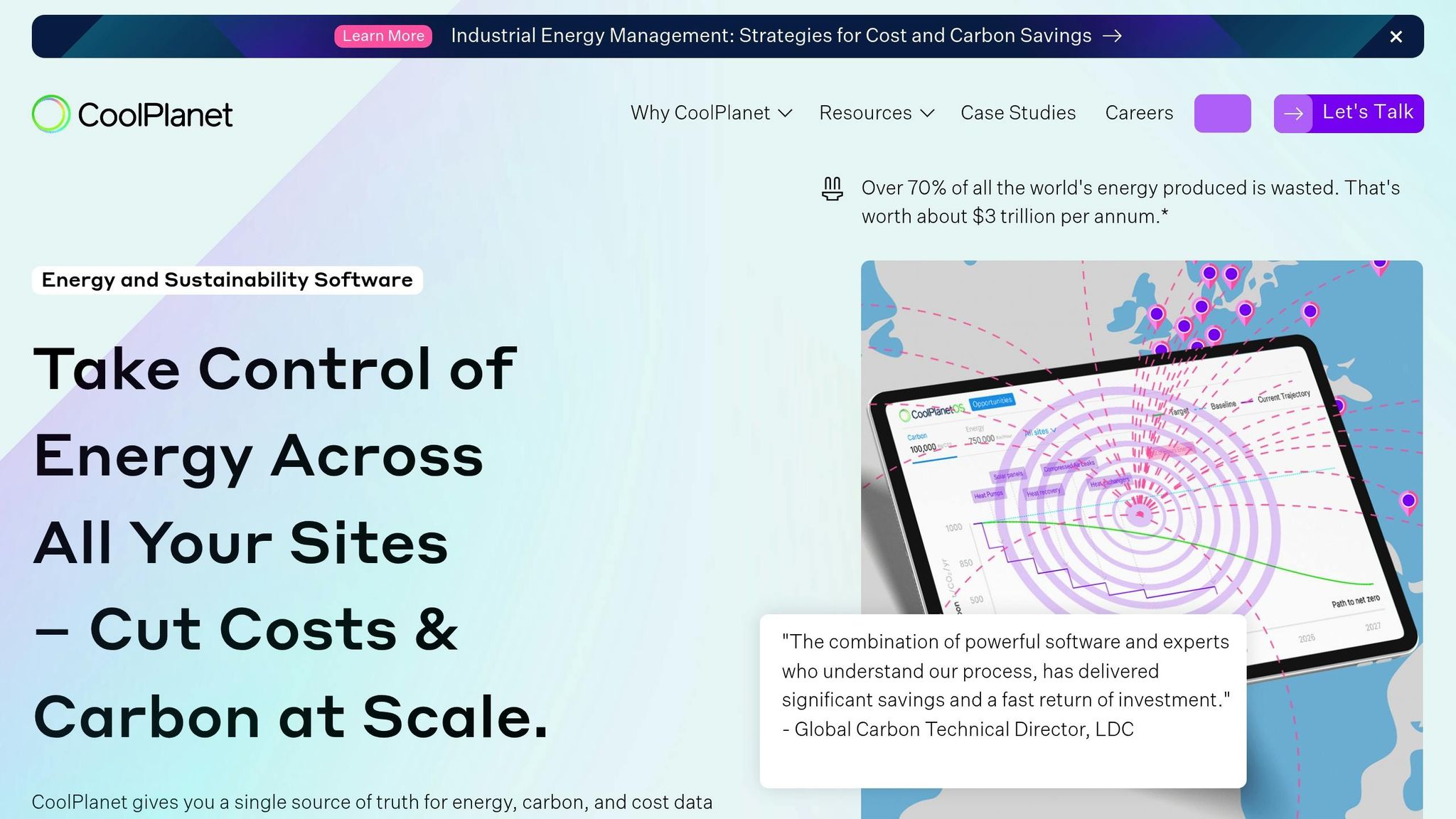
A leading UK brewery teamed up with CoolPlanet to tackle the high energy costs of refrigeration. The solution? A smart refrigeration control system driven by real-time data.
The system tracked live temperature readings from fermentation and storage areas, automatically adjusting compressor speeds, defrost cycles, and glycol flow rates based on actual cooling needs. This eliminated guesswork, ensured precise temperature control, and significantly cut refrigeration costs. The brewery not only achieved annual energy savings but also saw a quick return on investment. According to the facilities manager, the automation system aligned perfectly with the brewery's environmental goals while maintaining optimal brewing conditions.
Rittal and US Brewery: Smarter Cooling Systems
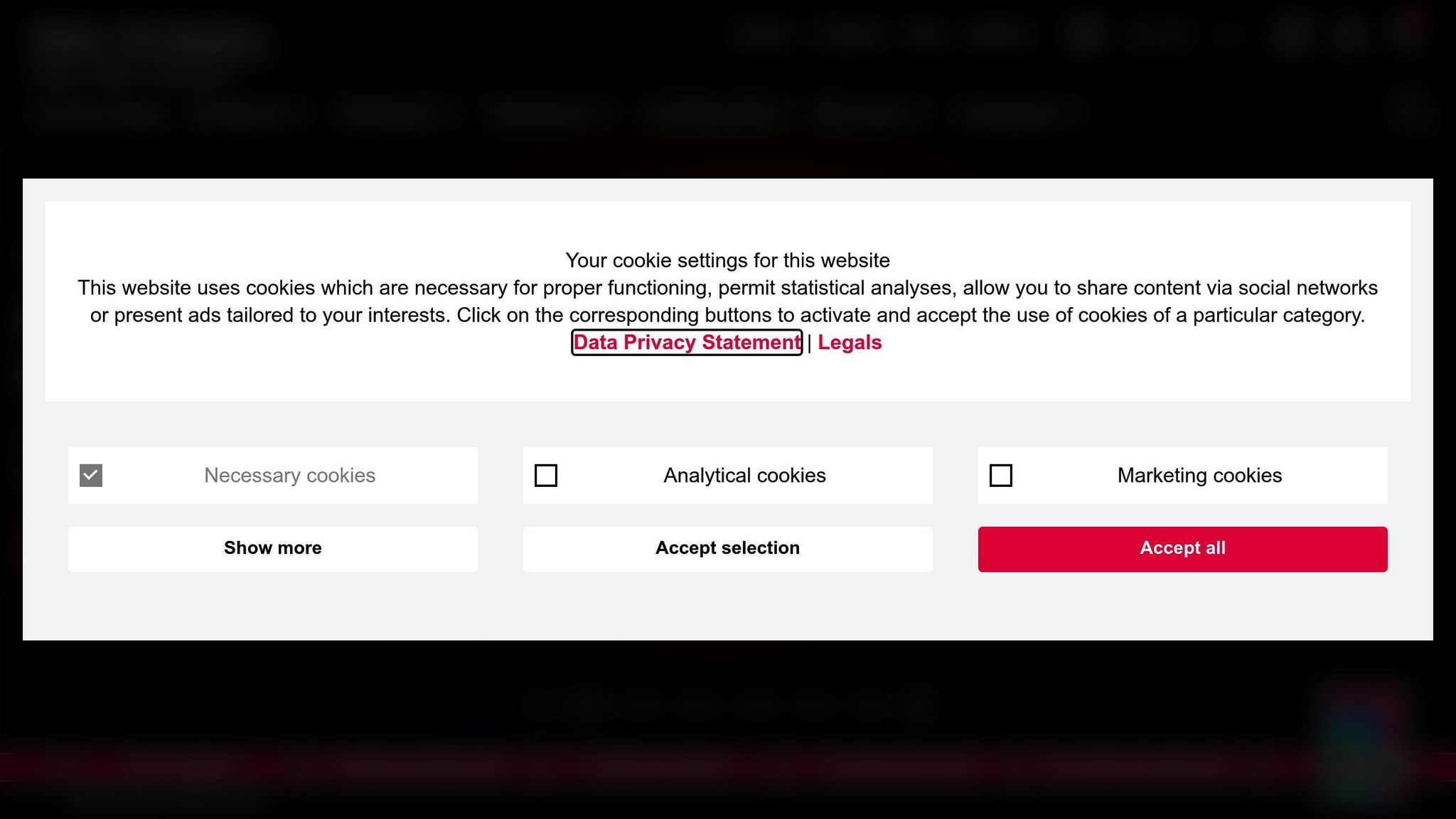
A mid-sized brewery in the US was struggling with high cooling costs due to its outdated, fixed-schedule system. Enter Rittal's automated cooling solution.
Rittal's system used variable-speed compressors and intelligent climate control to adjust cooling output based on production demands and weather conditions. It also featured heat recovery technology to repurpose waste heat for water heating during cleaning processes. Within a year, the brewery saw lower energy consumption, reduced costs, and improved product consistency due to better temperature control. The system also helped reduce carbon emissions, aligning with the brewery's sustainability efforts.
IoT Sensors in Craft Breweries
Craft breweries are also leveraging automation, particularly IoT technology, to optimise energy use. One craft brewery installed wireless sensors to monitor energy consumption at the equipment level.
Data from these sensors was analysed using machine learning, which automatically adjusted equipment operations to minimise waste. The result? Improved energy efficiency in just a few months, increased production capacity, and reduced downtime. By scheduling energy-intensive tasks during off-peak electricity hours, the brewery further cut costs while contributing to its sustainability goals.
Robotic Palletising in a German Brewery
In Germany, a brewery introduced robotic palletising to improve efficiency in its packaging line. The system used energy-efficient servo motors and smart software to optimise robot movements and cut energy use.
The robotic system worked seamlessly with upstream packaging equipment, reducing idle times and preventing unnecessary energy consumption. It also lowered labour costs, enhanced workplace safety, and ensured consistent packaging quality. By replacing manual processes, the brewery avoided the energy surges and inefficiencies of stop-start operations, aligning with its environmental goals.
These examples show how automation - whether through smart controls, IoT sensors, or robotic systems - can help breweries worldwide achieve energy savings while improving operations and meeting sustainability targets.
sbb-itb-a752bf8
Comparison of Automation Strategies
Drawing insights from the case studies, let's explore how different automation strategies stack up, helping breweries make informed decisions based on their specific needs.
Each approach comes with its own set of strengths and limitations when it comes to cutting energy consumption. By understanding these differences, breweries can identify the technologies that align best with their goals and existing infrastructure.
Smart refrigeration systems are a straightforward option for reducing energy use in cooling processes. These systems are designed for easy retrofitting into existing setups, making them an attractive choice for facilities looking for quick savings without major operational changes.
Advanced climate control systems, such as Rittal's, take a more comprehensive approach. They optimise energy use across multiple functions, including heat recovery, though they require moderate adjustments during integration. These systems are scalable, making them suitable for breweries with plans to expand or enhance energy efficiency on a larger scale.
IoT sensor networks provide detailed monitoring by collecting data from various operational areas. They are flexible in deployment, adapting to breweries of different sizes. With these sensors, operators can identify energy-intensive areas without the need for significant infrastructural changes.
Robotic automation focuses on streamlining processes, indirectly saving energy through improved efficiency. While the upfront investment and implementation are more complex, these systems bring added benefits like improved safety and consistent product quality, making them a long-term solution for larger operations.
The choice of technology largely depends on factors such as the size of the brewery, the existing infrastructure, and specific energy challenges. Smaller craft breweries might benefit from starting with IoT sensors to gain insights with minimal disruption. On the other hand, larger breweries may find that advanced climate systems or robotic automation offer greater long-term returns.
Comparison Table of Strategies
| Technology | Energy Savings Potential | Implementation Complexity | Payback Period | Scalability | Primary Benefits |
|---|---|---|---|---|---|
| Smart Refrigeration Control | Significant cooling savings | Low to moderate | Relatively short | High | Quick cost reduction with minimal disruption |
| Advanced Climate Systems | Broad energy optimisation, including heat recovery | Moderate | Medium | Very high | Comprehensive efficiency improvements |
| IoT Sensor Networks | Savings through better data and monitoring | Deployment-dependent | Generally quick | Excellent | Detailed insights and flexible implementation |
| Robotic Automation | Efficiency gains leading to indirect savings | High | Longer term | Moderate | Enhanced safety and consistent product quality |
For many breweries, combining multiple strategies yields the best results. For instance, a craft brewery could begin with IoT sensors to identify energy hotspots, add smart refrigeration controls for immediate savings, and later integrate robotic systems as production scales up. This phased approach spreads out costs while allowing teams to build expertise with each new technology.
Ultimately, the choice of automation strategy is shaped by factors like cost, scalability, and the need for staff training. IoT systems, for example, are cost-effective and easy to implement, while robotic automation requires a larger investment and specialised training. Understanding these aspects ensures breweries can adopt solutions that align with their operational goals.
Impact on UK Brewing Industry Sustainability
Automation technologies are transforming the UK brewing industry, not just in terms of operational efficiency but also in reducing its environmental impact. As the sector faces growing pressure to meet ambitious net-zero targets while staying competitive in a crowded market, automation is proving to be a game-changer. Let’s explore how economic and regulatory factors are driving sustainability in UK brewing.
Enhanced Capital Allowances (ECA) are playing a key role in encouraging automation. These allowances allow breweries to claim 100% first-year capital tax relief on qualifying energy-saving equipment. This makes investments in tools like smart refrigeration systems, IoT monitoring networks, and advanced climate control systems financially attractive by offering immediate tax benefits, alongside long-term savings on energy costs.
The rising cost of energy in the UK has further increased the appeal of automation. With commercial electricity rates averaging between £0.15 and £0.25 per kWh in 2024, the financial benefits of energy-efficient systems are clear. For example, a mid-sized brewery that consumes 500,000 kWh annually could save between £15,000 and £25,000 each year by cutting energy use by just 20%. These savings make automation an increasingly attractive investment.
The sustainability benefits become even more compelling when viewed alongside the UK’s evolving energy mix. As renewable energy sources make up a growing share of the national grid and the carbon intensity of electricity continues to fall, breweries that adopt automation today will see their carbon reductions multiply over time.
Automation is also helping niche sectors like non-alcoholic and functional beer producers. Take IMPOSSIBREW®, for instance, which uses its proprietary Social Blend™ technology to create enhanced non-alcoholic beers. Automation allows precise control over temperature and timing, essential for these specialised brewing processes. Adjusting fermentation settings for lower alcohol content is far more efficient with automated systems than with manual methods.
In the craft brewing sector, where small and independent producers dominate, balancing sustainability with artisanal quality has always been a challenge. Automation is helping these breweries maintain the consistency and quality their customers expect while reducing energy consumption and environmental impact. Small-batch producers can now optimise traditional brewing methods without compromising their craft.
Beyond production, automation is improving sustainability across the supply chain. Automated palletising and packaging systems reduce product damage during transport, leading to fewer returns and less waste. Consistency in brewing processes also means fewer batch failures, cutting down on the environmental cost of discarded products.
British breweries adopting advanced automation are setting a global example. By sharing knowledge and best practices, they are fostering a collaborative approach to sustainability, which is particularly beneficial for smaller operations with limited resources. This collective effort is reinforcing the UK’s reputation as a leader in brewing innovation.
Consumer expectations are also shaping the sustainability agenda. Many shoppers, especially younger ones, are prioritising environmentally friendly products, pushing breweries to adopt greener practices. Pairing automation with renewable energy systems is one way breweries are meeting these demands. For example, solar installations combined with smart energy management systems allow breweries to adjust production schedules to maximise renewable energy use, further reducing reliance on grid electricity.
Automation is also streamlining regulatory compliance. With the Environment Agency requiring detailed energy reporting and emissions tracking, IoT sensor networks are making it easier for breweries to collect real-time data. This reduces administrative burdens while ensuring accurate compliance with environmental regulations.
Modern brewing automation is also embracing circular economy principles. Heat recovery systems are recapturing waste energy from fermentation and cooling, while automated water management systems optimise water use and treatment. These closed-loop processes align with the UK’s broader environmental goals, demonstrating how automation can contribute to sustainable industrial practices.
Looking ahead, the role of automation in sustainable brewing is set to grow even further. Advances in artificial intelligence and machine learning are already on the horizon. Predictive algorithms that anticipate maintenance needs, optimise energy consumption, and fine-tune production schedules represent the next step in sustainable brewing - building on the IoT sensors and smart controls already in use today.
Conclusion
Case studies highlight how automation is transforming energy efficiency in brewing, making it a cornerstone for sustainable practices. From CoolPlanet's refrigeration control systems, which have slashed energy costs for UK breweries, to the use of IoT technologies in craft brewing, automation consistently drives meaningful progress.
Even small energy savings, when paired with government incentives like enhanced capital allowances, can translate into impressive financial benefits. These examples underscore the strong business case for adopting advanced technologies in the brewing industry.
Key elements like smart monitoring, automated controls, and advanced climate management emerge as the backbone of brewery automation. Whether it’s robotic palletising or intelligent cooling systems, these innovations streamline operations and cut waste.
What’s particularly exciting is how these solutions scale. A craft brewery might start with simple IoT sensors, while larger breweries could implement comprehensive process control systems. In both cases, the result is the same: reduced waste and lower energy use.
UK breweries are leading the way globally in sustainability. This progress isn’t limited to large operations - it’s also empowering niche producers. For example, IMPOSSIBREW® relies on precise automation to maintain strict temperature and timing controls, ensuring their non-alcoholic beers, crafted with Social Blend™ technology, meet exacting standards.
Investing in automation isn’t just about immediate savings; it’s about securing a sustainable and successful future. The challenge lies in selecting the right mix of technologies to suit each brewery’s unique needs. One thing is clear: automation is no longer an option - it’s a necessity for modern, sustainable brewing.
FAQs
How do IoT sensors help breweries reduce energy consumption?
IoT sensors are transforming how breweries manage energy usage by offering real-time insights into consumption across the brewing process. These sensors can pinpoint areas of inefficiency, such as equipment running unnecessarily or energy being wasted, giving breweries the tools to fine-tune their operations for improved efficiency.
By automating energy tracking and adjustments, IoT sensors help breweries cut down their carbon footprint, reduce energy costs, and maintain consistent production standards. This smart technology ensures energy is used wisely without disrupting the brewing process.
How much could breweries save on energy costs by using smart refrigeration systems?
Breweries that integrate smart refrigeration systems into their operations could see energy costs drop by 5% to 20%, which could translate to savings of up to £30,000 annually, depending on the size of their operation. Given that energy expenses usually make up 3% to 8% of total production costs, these reductions can have a noticeable impact on overall profitability.
Beyond the financial benefits, increasing energy efficiency helps breweries operate in a more sustainable way. This aligns with the industry's shift towards practices that are kinder to the environment, reflecting the growing demand for greener initiatives.
How can small craft breweries in the UK use automation to save energy?
Small craft breweries looking to cut down on energy use can take meaningful steps by incorporating automation. For instance, automating tasks like temperature control during fermentation or streamlining packaging systems can help minimise energy waste. These kinds of upgrades are ideal for smaller operations, as they can be scaled and introduced step by step.
On top of that, adopting renewable energy options like solar panels or microgrids can work hand in hand with automation. This not only helps breweries trim energy costs but also makes their operations more environmentally friendly. By starting with straightforward and budget-friendly systems, even smaller breweries can embrace these changes without overextending their resources.
Related Blog Posts
Next Generation Alcohol-Free Beer
IMPOSSIBREW®: The Enhanced Non-Alcoholic Beer designed as an alternative to full ABV beers using patent-pending technology*.
Enjoy a healthier daily wind down with the beer that matches the taste and feeling of traditional alcohol.
Keep the pleasure and ritual of drinking without worrying about your health.
Get Started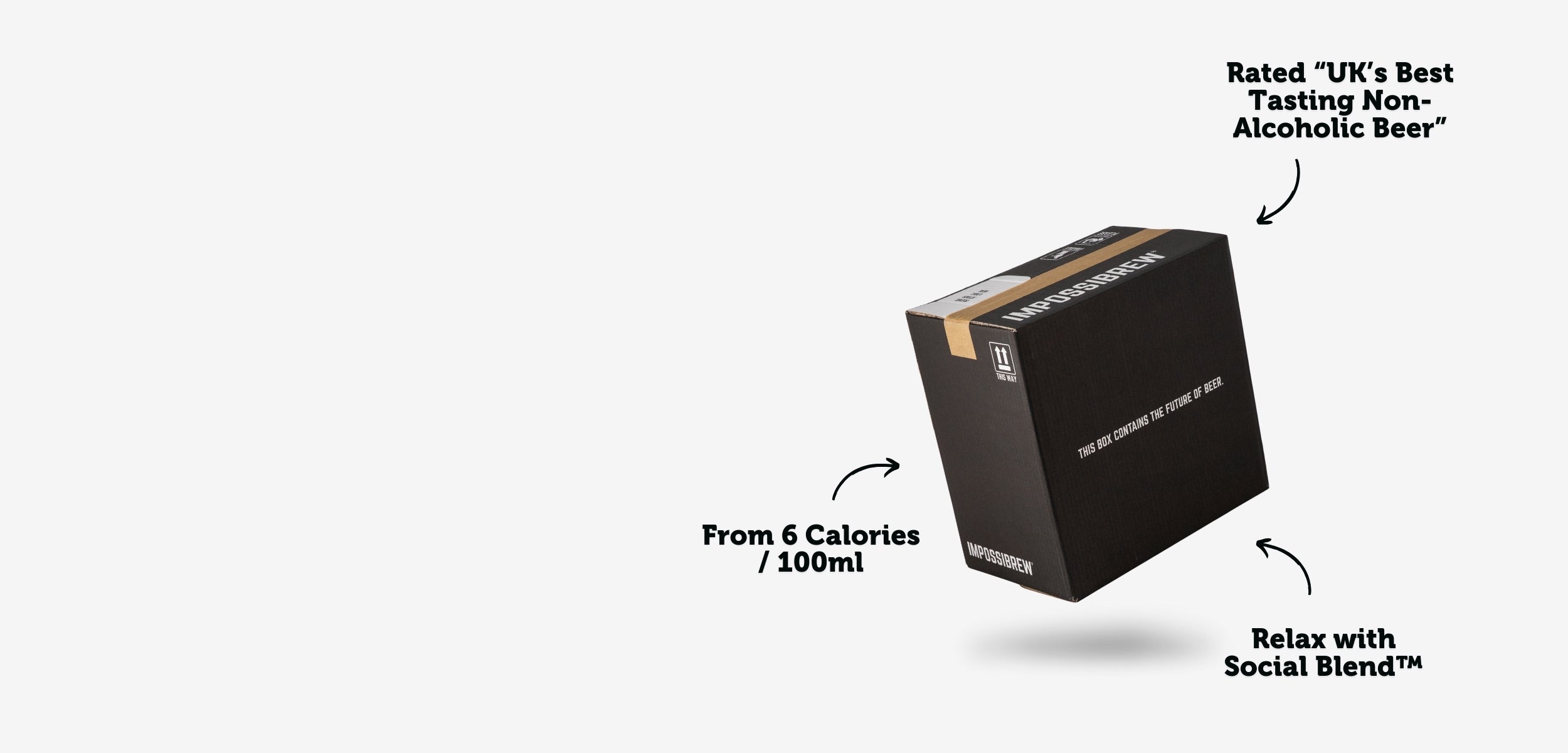
Next Generation Alcohol-Free Beer
IMPOSSIBREW®: The Enhanced Non-Alcoholic Beer designed as an alternative to full ABV beers using patent-pending technology*.
Enjoy a healthier daily wind down with the beer that matches the taste and feeling of traditional alcohol.
Keep the pleasure and ritual of drinking without worrying about your health.
Get StartedAward-winning Taste
Rated "UK's Best Non-Alcoholic Beer" by the prestigious World Beer Awards.
From 16 Calories / 100ml
Low Calorie. Low Carb. Vegan-friendly. <0.5% ABV. Gluten-Free (Lager)
Social Blend™
Our proprietary alcohol alternative made from a blend of science-backed ingredients designed to replicate the sensory, social and relaxing experience of drinking. Read more here.
Got Questions?
Find our most commonly asked questions below or ask our AI Brewer for instant answers.
What is IMPOSSIBREW®?
IMPOSSIBREW® is a pioneering non-alcoholic beer brand based in the UK that aims to create the world's most complete alcohol alternative using patent-pending technology.
Founded by Mark Wong in 2021 and working with some of the world's best professors, scientists and expert brewers, IMPOSSIBREW® specialises in expertly crafted non-alcoholic beers designed to match full ABV beers in both taste and feeling.
Product Range
IMPOSSIBREW® offers a range of enhanced non-alcoholic beers, including:
- Enhanced Lager (0.5% ABV)
- Enhanced Pale Ale (0.5% ABV)
- Limited Editions (Seasonal)
Key Benefits
The key feature that sets IMPOSSIBREW® apart is its proprietary "Social Blend™" - a combination of active botanical ingredients and nootropics using patent-pending technology* designed to recreate the relaxing effects of alcohol without the negative side effects.
Along with record-breaking quality flavour that comes from a unique process without removing alcohol.
Social Blend™ Ingredients
Developed with leading scientists in top UK universities, Social Blend™ includes:
- L-Theanine
- Ashwaghanda
- Soluble Plant Fibres
- Vitamin B1
- Various Plant Extracts.
These ingredients are chosen for their potential to boost serotonin, promote relaxation, and create a calming effect similar to the "one or two pint feeling" without hangovers.
See more details on our very own research paper, with over 1,000 participants:
- More than 70% said they felt relaxed after consuming IMPOSSIBREW®.
- 88% have reduced alcohol consumption since discovering IMPOSSIBREW®.
- 95% have told a friend about IMPOSSIBREW® after trying.
- 3/4 say that IMPOSSIBREW® is "the most complete alcohol alternative currently available on the market today".
Recognition
IMPOSSIBREW® has received several notable achievements:
- Featured on BBC's Dragons' Den
- Awarded the first and only Gold Medal in the No/Low beer category from the London Beer Competition
- Received multiple industry Gold awards in categories against Full-ABV beers
- Most followed No/Low Alcohol brand on TikTok globally.
Mission and Vision
IMPOSSIBREW® is on a mission to redefine non-alcoholic drinking by creating better-than-alcohol alternatives for those who love beer but want to avoid the health risks associated with alcohol consumption.
The company aims to become the global leading alcohol alternative brand, focusing on helping people transition to a healthier mode of relaxation without the traditional issues and side effects of alcohol.
Production and Ingredients
IMPOSSIBREW® combines traditional brewing methods with their proprietary Social Blend™ along with patent-pending technology*
The beers are made with traditional brewing ingredients such as water, malted barley, wheat, hops, and yeast, in addition to the Social Blend™ components - leveraging their unique cryogenic fermentation process, which means no alcohol is ever removed from the product - ensuring the most authentic quality taste you've come to expect.
Who is it for?
IMPOSSIBREW® caters to consumers who:
- Are busy professionals and parents who would like to unwind with a drink but don't want the hangovers.
- Enjoy the taste and relaxing experience of beer
- Are looking for healthier alternatives to alcohol, with lower calories, carbs and sugar
- Want to avoid hangovers and other negative effects of alcohol consumption
- Are interested in functional beverages with potential mood-enhancing properties
By offering a unique product that aims to replicate both the taste and feeling of alcoholic beer, IMPOSSIBREW® is positioning itself at the forefront of the growing non-alcoholic beverage market.
Get Started Today
Give it a try today with our Welcome Bundle and get 2 Free Beers with your first purchase. Get it delivered straight to your door, risk-free with our 30-day money-back guarantee.
We hope you enjoy them as much as we do and we can't wait for you to try.
*Patent pending in the UK under application number GB2415685.3
How does 'Social Blend™' work?
Social Blend™ is our proprietary alcohol alternative made from a blend of science-backed ingredients using patent-pending technology*.
Designed to replicate the sensory and social relaxing experience of drinking, minus the headaches (and bad decisions).
Developed with Dr Paul Chazot, Bioscience Professor and Chair of Pharmacology at Durham University.
Key Components and Mechanisms
- L-Theanine:
- Ashwagandha Root:
- Vitamin B1 (Thiamine):
- Various nootropic herbs:
Benefits
- Relaxation: The blend promotes a state of relaxation without the sedative effects typically associated with alcohol.
- Mental Calm: By boosting alpha brain waves and serotonin levels, it helps maintain a calm and focused mental state.
- Stress Relief: The combination of L-Theanine, Ashwagandha, and Vitamin B1 helps mitigate stress and anxiety.
- Mood Enhancement: The inclusion these ingredients and other botanicals supports mood regulation and overall positive outlook.
IMPOSSIBREW®'s Social Blend™ is a carefully crafted combination of nootropic and adaptogenic ingredients designed to offer a relaxing and mood-enhancing experience without the drawbacks of alcohol. It leverages the natural properties of its components to promote relaxation, reduce stress, and enhance mood, making it a unique alternative to traditional alcoholic beverages.
(Read our latest research paper here)
*Patent pending in the UK under application number GB2415685.3
Do you ship overseas?
We ship to the UK Mainland for free when you spend over £35
We aim to expand internationally soon - stay tuned!
If you have any queries, feel free to email: hello(@)impossibrew.co.uk
How long will it take to get my orders?
For UK mainland deliveries, normal orders processed here will take 1-3 business days to arrive, with an optional upgrade to Next Day Delivery available (12pm cut-off).
Delivery details will be provided in your confirmation email.
How is 0.5% ABV alcohol-free?
Yes, we know it's confusing. Isn't 0.5% ABV still alcoholic? Officially, 0.5% ABV is classified as Dealcoholised.
- In fact, most things we consume daily have more than 0.5% ABV
- Burger Rolls - 1.2% ABV
- Orange Juice - 0.5% ABV
- Ripe Banana - 0.5% ABV
After more than 2 years of research, we've found that the 0.5% ABV from our natural brewing process significantly increases both flavour and mouthfeel - without spiking your blood alcohol level (BAC).
Is it really gluten-free?
Yes, IMPOSSIBREW® Enhanced Lager is gluten-free. Even though it contains wheat and barley, our beers have been third-party tested to contain less than 10 parts per million (PPM) of gluten, which meets the criteria to be listed as, and labeled gluten-free.
Does it have alcohol tax?
No. While it is true that our beers don't contain alcohol, and thus don't incur UK alcohol duty, we'd like to highlight some factors here that might be helpful in reflecting the value we provide.
- One-to-One Brewing Process: At IMPOSSIBREW, we take pride in our unique brewing techniques. Unlike other non-alcoholic beers, our products are never diluted, watered-down, or have their alcohol content removed - and some even dilute their alcoholic beers up to 5x. This means that our brewing process involves the same level of craftsmanship, time, and resources as a traditional craft beer, resulting in comparable production costs.
- Effective Nootropics: In our commitment to creating the most relaxing non-alcoholic beers, we utilise only the highest quality nootropics as our active ingredients, in safe and effectives dosages. At current alcohol tax rates for a 5% ABV beer, the cost of our nootropics more than double that. Instead of contributing the amounts as tax, why not have it contribute to the product quality itself?
- Small Scale Brewing: Currently, we operate on a smaller scale, which makes us less competitive than large, commercial brewers (often +10,000x our brewing size). As a growing business, we are passionate about our mission to create unique, high-quality non-alcoholic experiences, and we truly appreciate your support. As we continue to grow and expand our production capabilities, we look forward to passing on even more savings to our valued community!
At IMPOSSIBREW, we prioritise offering our customers an enhanced, premium, non-alcoholic beer experience by combining innovative brewing techniques, quality active nootropic ingredients, and award-winning taste. While our pricing may differ from other non-alcoholic competitors, we believe that the value proposition and unique experience our beers provide are well worth it.
At the end of the day, tasting is believing. So give it a try and let us know what you think - risk-free with our IMPOSSIBREW® Guarantee.
Who shouldn't drink IMPOSSIBREW®?
It is not recommended for pregnant or breastfeeding women, those with certain medical conditions like GI disorders or hypertension, or individuals taking specific medications such as antidepressants, immunosuppressants or blood thinners. If you fall into any of these categories, it's best to consult with your doctor first.
Ashwagandha can lead to overstimulation (i.e. restlessness) if taken alongside thyroid medication.
What is your philosophy?
For thousands of years, we had only one way to unwind together. One way to let our guards down. One way to bridge the gap between who we are and who we are with others.
Not because it was perfect. But because it was all we had.
We decided that wasn't good enough.
We exist because we believe in a world where social connection doesn't demand compromise.
Where being present with others doesn't mean being absent from yourself. Where letting go doesn't mean losing control.This isn't about removing alcohol. This is about something better.
Our Social Blend™ technology isn't an accident. It's the result of questioning everything we thought we knew about social drinking. About working with scientists to understand what we're really seeking in these moments of connection. About daring to imagine something that wasn't possible before.
We believe the greatest innovations don't just solve problems - they change how we live. They make us question why we ever settled for less.
That's what we're building. Not just a drink, but a new way forward. A future where social connection comes without compromise. Where tradition meets innovation. Where science meets ritual.
This is the future of social drinking.
Got more questions?
Speak to our AI Brewer here for instant answers.
Or email us at hello@impossibrew.co.uk
Our customer support is available Monday to Friday: 9am - 5:30pm.

















